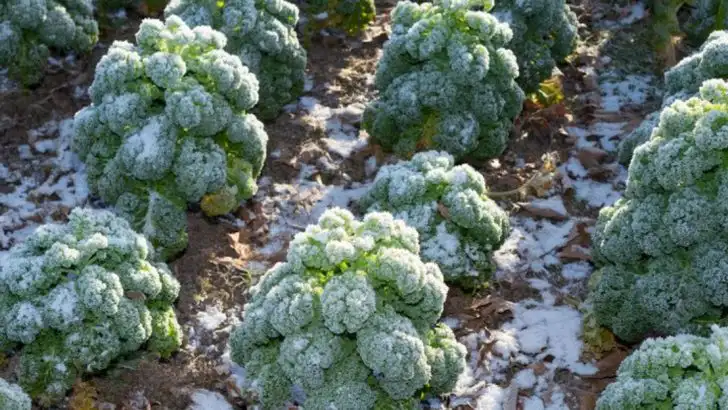Cold doesn’t kill everything—some crops crave it. While your tomatoes shiver and collapse, other plants roll up their leafy sleeves and get to work. These cold-loving champs don’t just survive—they thrive when the temperature drops. We’re talking rich greens, crisp roots, and the kind of flavor that only frost can unlock. But beware: not every crop can handle the chill. Some will turn limp, sulk, and give up the moment the frost rolls in. So who are the fighters, and who are the floppers? We’ve got six cold-weather winners and three drama queens to avoid. This fall, plant smart, not sad. Your garden deserves nothing less than a cast of true cold-season heroes.
Kale
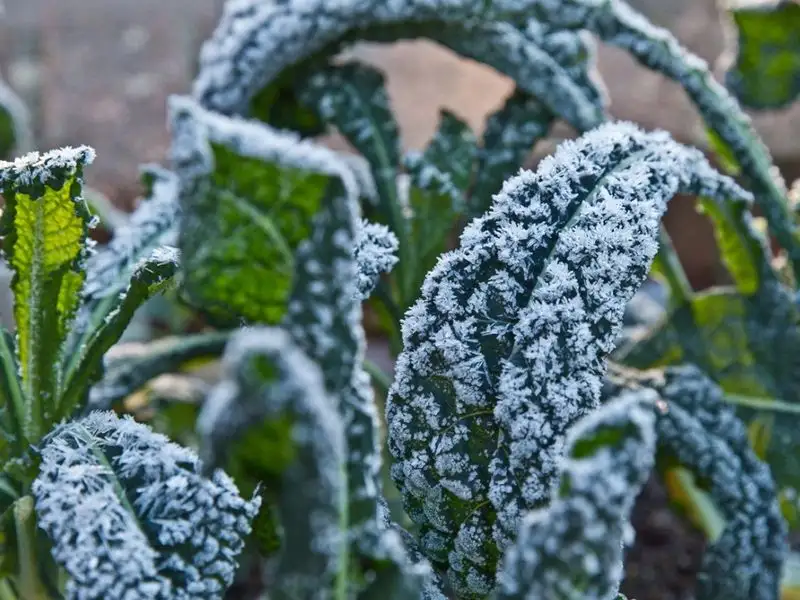
Kale thrives where others might shiver. As the temperatures dip, its flavor becomes sweeter, making it a winter favorite. Imagine a leafy green embracing the cold with open arms. Withstanding frosts, these hardy leaves stand tall, offering a robust addition to winter salads.
Interestingly, kale’s resistance to cold dates back to its origins in the eastern Mediterranean, where it was cultivated for its nutritious leaves. Whether you sauté it or blend it into a smoothie, this crop’s adaptability ensures it remains a staple even in chilly climes.
Brussels Sprouts
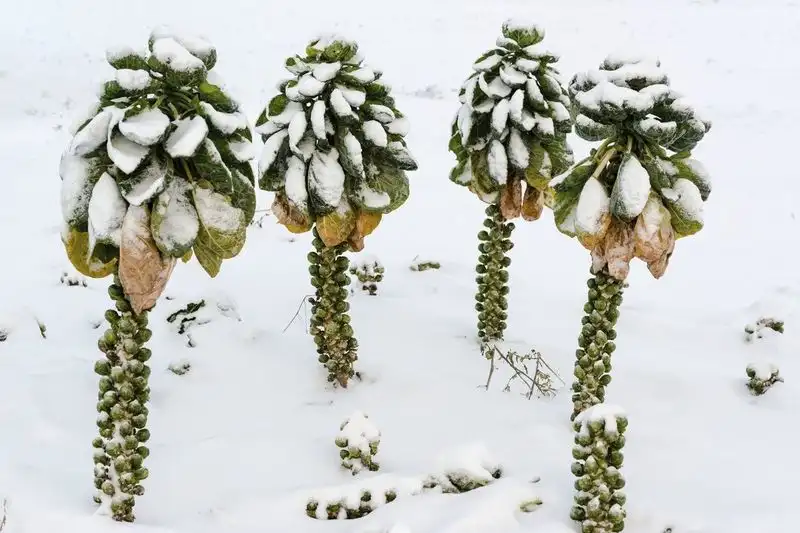
Brussels sprouts love the cold, almost as if they were designed for it. As frost touches their tiny, round heads, they develop a sweeter taste, transforming into a winter delight. Their unique growing style, tall stalks with clustered sprouts, makes them a picturesque sight in any garden.
Originating from Belgium, these vegetables have a rich history of enduring cooler climates. Whether roasted or steamed, Brussels sprouts add a touch of elegance to winter meals, proving their worth in frost-covered gardens.
Carrots
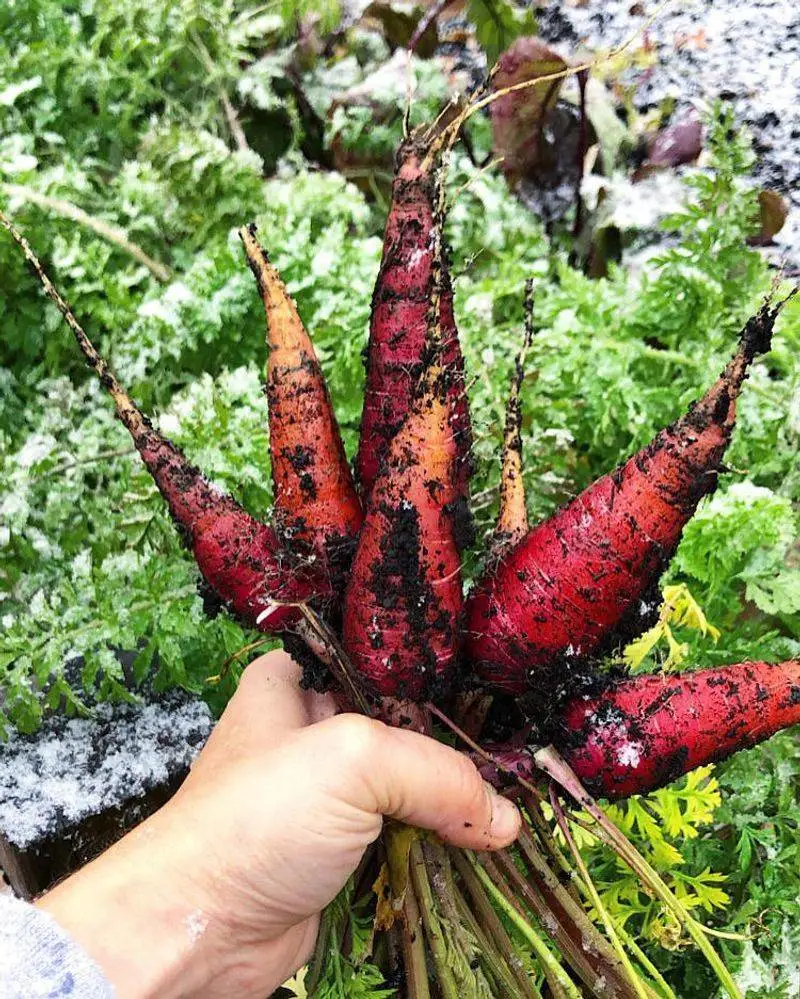
Carrots are the hidden gems of winter gardens. As the frost settles, they continue to grow underground, where the cold air above enhances their sweetness. Picture these vibrant roots, nestled beneath a blanket of frost, silently preparing to delight your taste buds.
With origins tracing back to Persia, carrots have been cultivated for millennia, proving their resilience and adaptability. Enjoy them raw, roasted, or in hearty soups, as they offer a burst of color and flavor to winter dishes.
Spinach
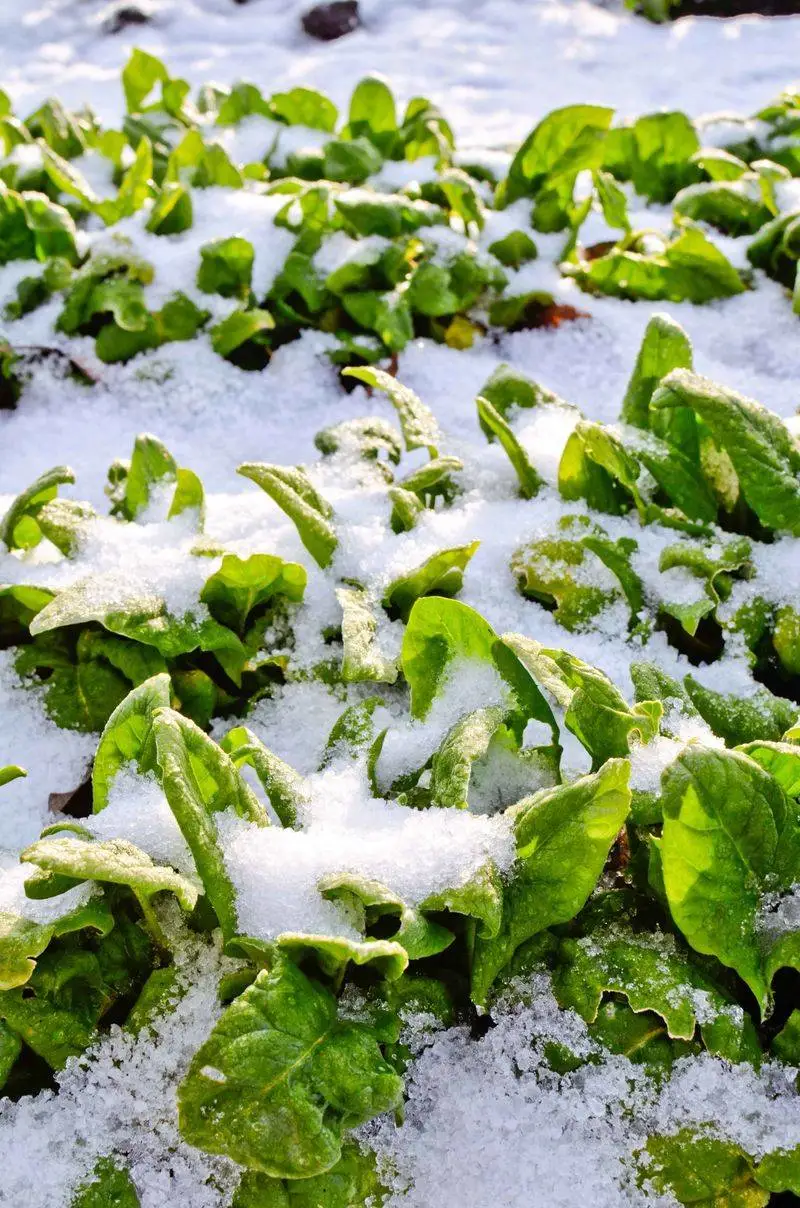
Spinach doesn’t just survive in the cold; it flourishes. Known for its iron-rich leaves, this green marvel becomes even more vibrant as temperatures drop. Imagine a patch of spinach, thriving under a light frost, its leaves ready to nourish and delight.
Spinach originated in ancient Persia and rapidly spread across the globe, celebrated for its nutritional benefits and cold tolerance. Whether in salads or cooked dishes, its robustness ensures it remains a winter favorite, loved for both taste and vitality.
Cabbage
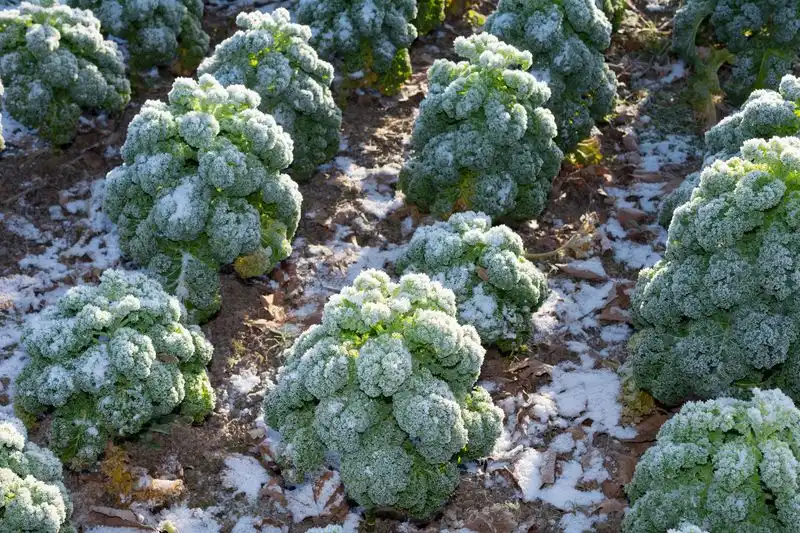
Cabbage is the stalwart of the winter garden. Its robust, leafy heads stand resilient against freezing temperatures, providing a hardy vegetable option when others retreat. Picture a field of cabbages, each one a testament to nature’s resilience.
From sauerkraut to coleslaw, cabbage’s versatility is as enduring as its ability to withstand the cold. Originating from Europe, it has been a staple for centuries, favored for its nutrition and storage longevity during harsh winters.
Garlic
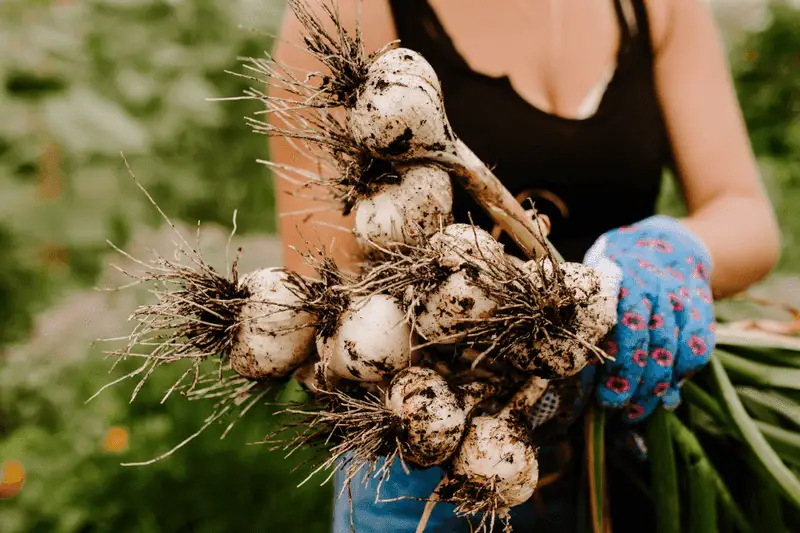
Garlic thrives in the chill, much like a seasoned guardian of the winter garden. Plant it in the fall, and it will reward you with robust bulbs by spring. Envision these pungent cloves, nestled underground, unfazed by the frosty air.
With a history stretching back to ancient Asia, garlic is both a culinary and medicinal powerhouse. Its tenacity in cold weather ensures it remains a beloved crop, adding flavor and health benefits to countless dishes.
Tomatoes
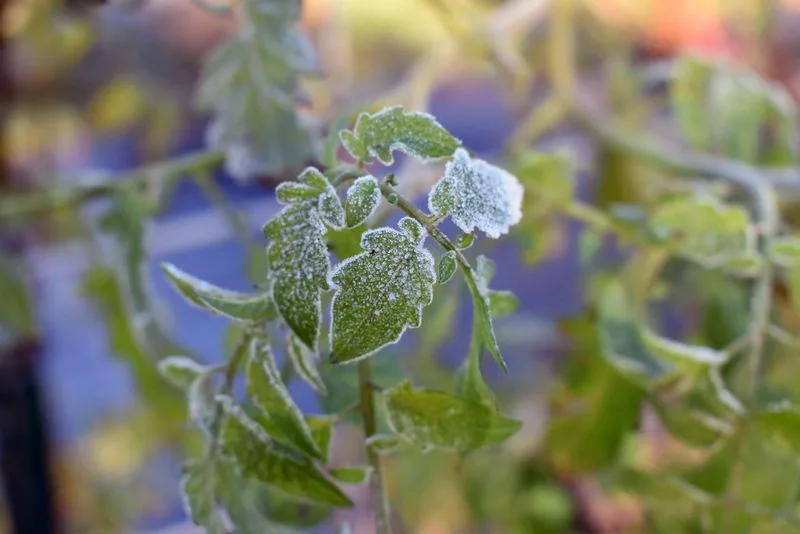
Tomatoes shy away from the cold, losing their vibrancy and vitality as frost approaches. Picture a once-bountiful vine, now drooping under the weight of the chilly air, its fruits struggling to hold on.
Despite their popularity in warm climates, tomatoes falter when temperatures drop. Originally from South America, they thrive in heat, making them ill-suited for frost-laden gardens. To enjoy their juicy flavor year-round, consider growing them indoors during the colder months.
Peppers
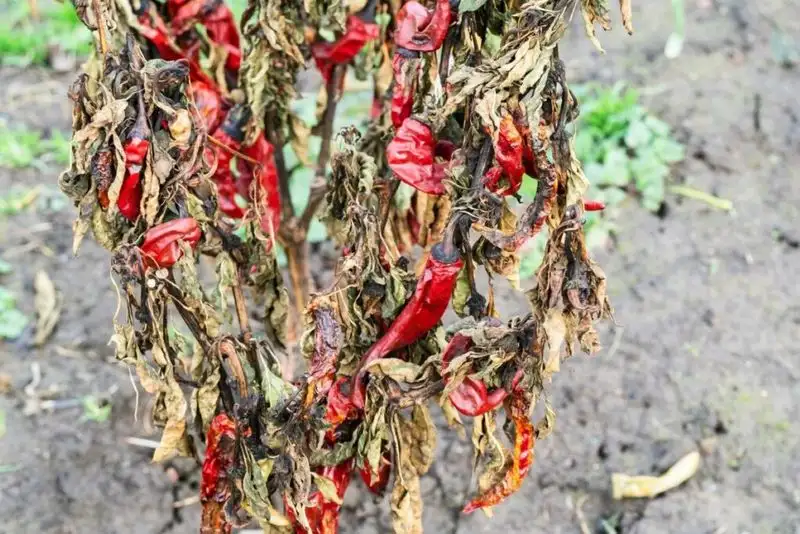
Peppers, much like their relative the tomato, cannot endure the frost. As temperatures dip, their vibrant fruits and lush foliage begin to wither, leaving a barren sight. Envision a pepper plant, once full of vitality, now succumbing to the cold.
Native to Central and South America, peppers flourish in heat but falter in frost. To savor their spicy kick throughout winter, try cultivating them indoors in warmer conditions, ensuring a steady supply despite the chill outside.
Eggplants
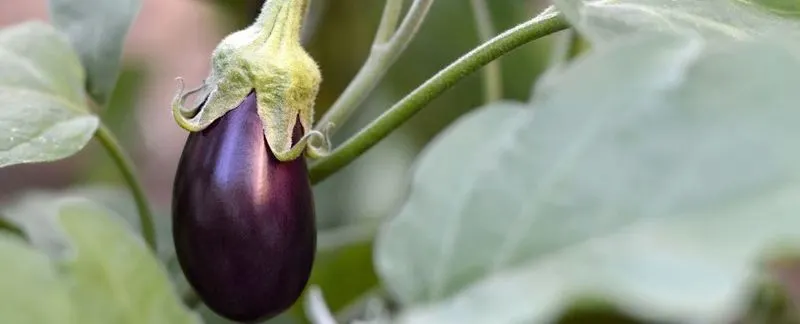
Eggplants are the delicate divas of the vegetable world. As frost creeps in, they wilt, unable to withstand the chill. Picture an eggplant plant, its glossy fruits hanging heavy, now succumbing to the inevitable cold.
Originating from India, eggplants are accustomed to warm climates, making them vulnerable in frosty conditions. To keep enjoying their earthy flavor, consider growing them in a controlled environment during colder months, preserving their unique taste for your culinary adventures.

